Azure Operator will soon transform the Telecommunications industry
Telecommunication companies will soon use AI to improve their services and operations
3 min. read
Published on
Read our disclosure page to find out how can you help Windows Report sustain the editorial team. Read more

AI is currently engulfing multiple industries across the globe. Furthermore, companies are already using it to manage their tasks. On top of that, Microsoft and others are improving it daily. Thus, the telecommunications industry is slowly adapting to AI technologies and features.
But, according to Microsoft, Azure Operator, the next-generation, carrier-grade, hybrid platform will be one of the most valuable tools for the telecom industry.
How AI is used in telecommunications?
We believe that the most crucial use of AI in telecommunications lies in public protection. However, other uses exist, such as AI-driven services, network optimization, cloud improvements, and data management. On top of that, telecom operators can use the AI functions of the Azure Operator platform to improve our experience. In addition, with it, they could revolutionize the whole system.
Azure Operator Call Protection can analyze and verify if there is anything suspicious with your call. For example, researchers are training it to notify spam messages and calls. The best part is that you won’t need any application to use it. After all, the Azure Operator Call Protection will be a part of your network.
As a developer, you might be delighted to hear that the Azure Programmable Connectivity (APC) provides a unified interface across operator’s networks. Thus, you won’t have to learn new APIs for new projects. In addition, you can access the APC directly from the Azure Marketplace.
Additional features of the Azure Operator
The AI can also help engineers and operators. After all, they could use this tool to assess the network health and manage data. Furthermore, engineers can use Azure Operator Insights to collect and analyze a large quantity of network data. In addition, they can use the AI to eliminate data silos.
Moreover, engineers and operators can use Copilot to enhance network efficiency and customer satisfaction. On top of that, by using Copilot AI in Azure Operator Insights, engineers will have a way to understand intricate network information better. Afterward, they can work with the AI to find the fastest solutions.
Furthermore, operators can use the Azure Operator Nexus, the hybrid cloud platform, to unlock potential revenue-generating services, run mission-critical workloads, and modernize networks. In addition, they could use AI to monitor and manage everything easily.
Some companies use the Azure Operator Nexus to reduce costs, simplify operations, and improve their core competencies. For example, the AT&T company uses AI to improve their employee’s work.
Team Lumen uses Copilot to simplify and summarize tickets and create business presentations and new business proposals. Telefónica is using AI to improve its framework. Telkomsel used AI to create a virtual assistant that makes special packages based on customer needs, and Vodafone is using AI to make their work more efficient.
What are your thoughts? In which industry do you expect to see the Azure Operator Nexus next? Let us know in the comments.
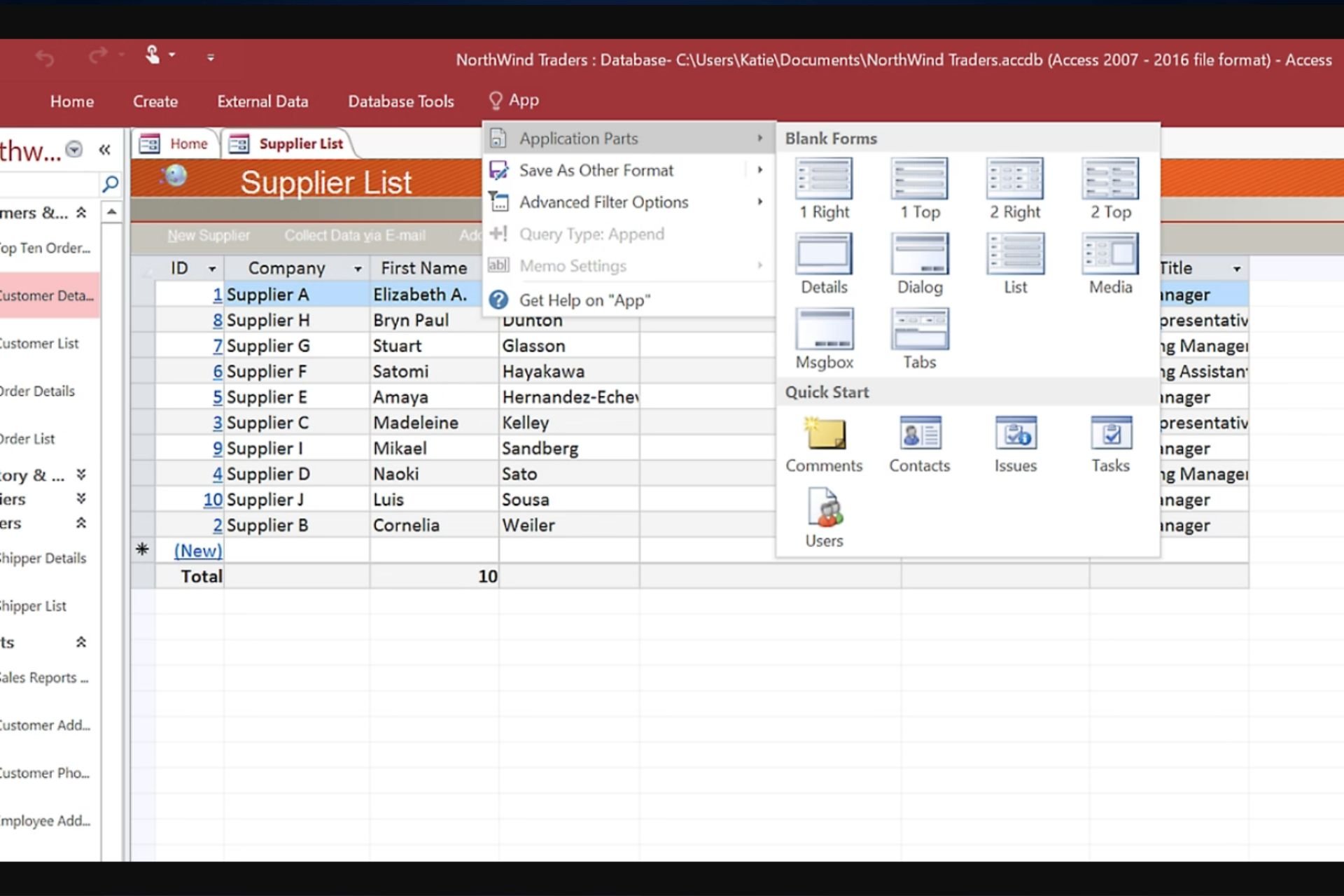
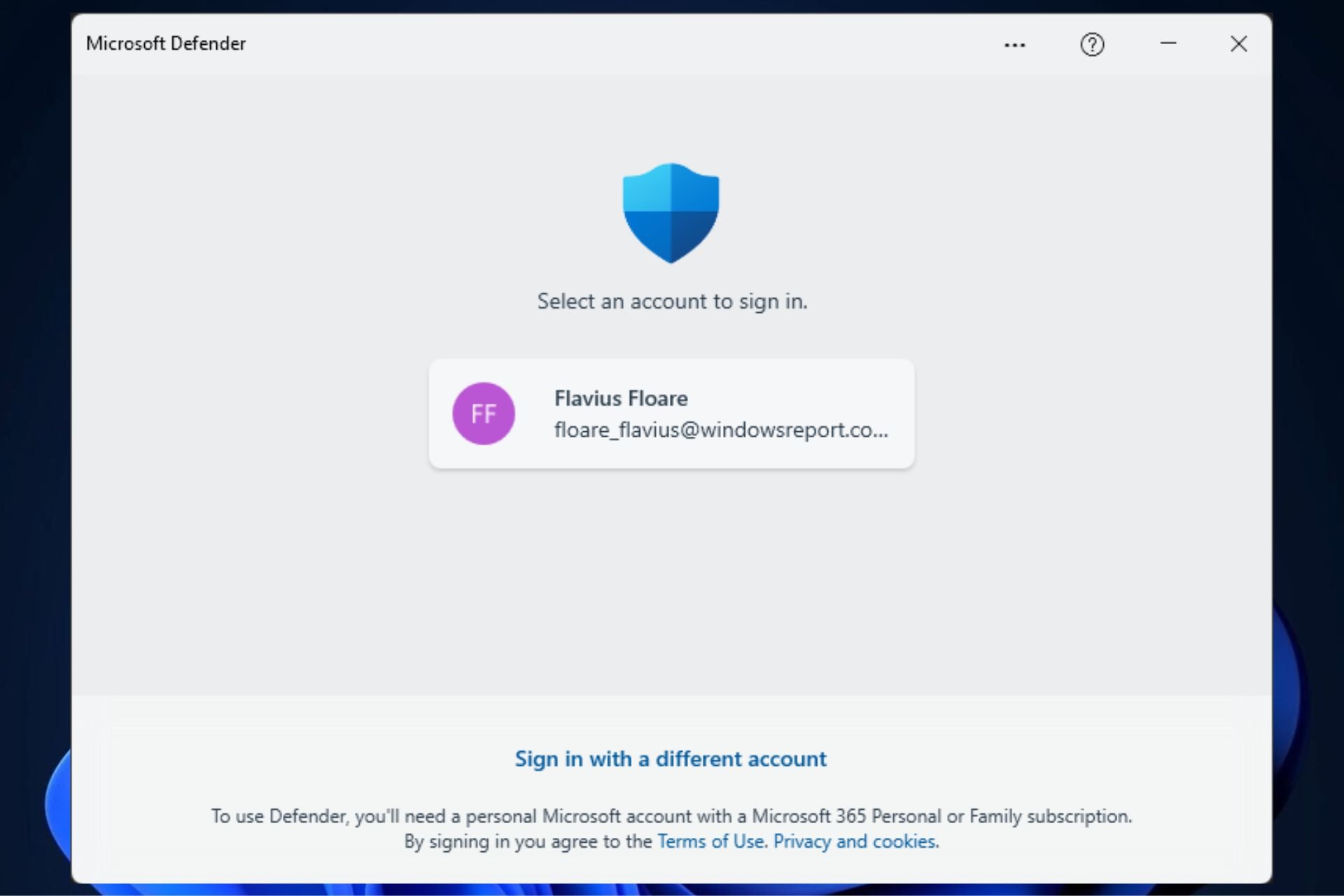
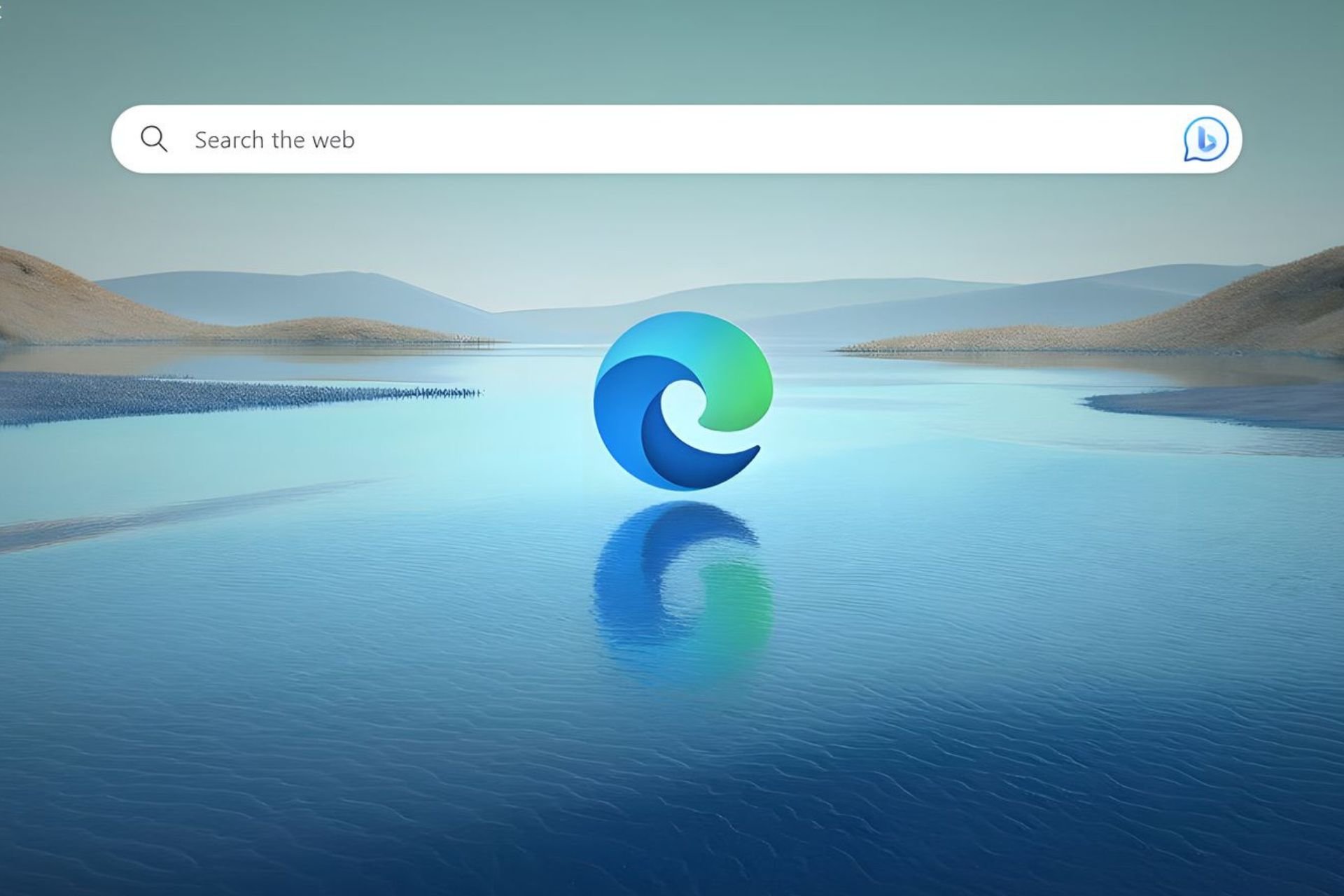
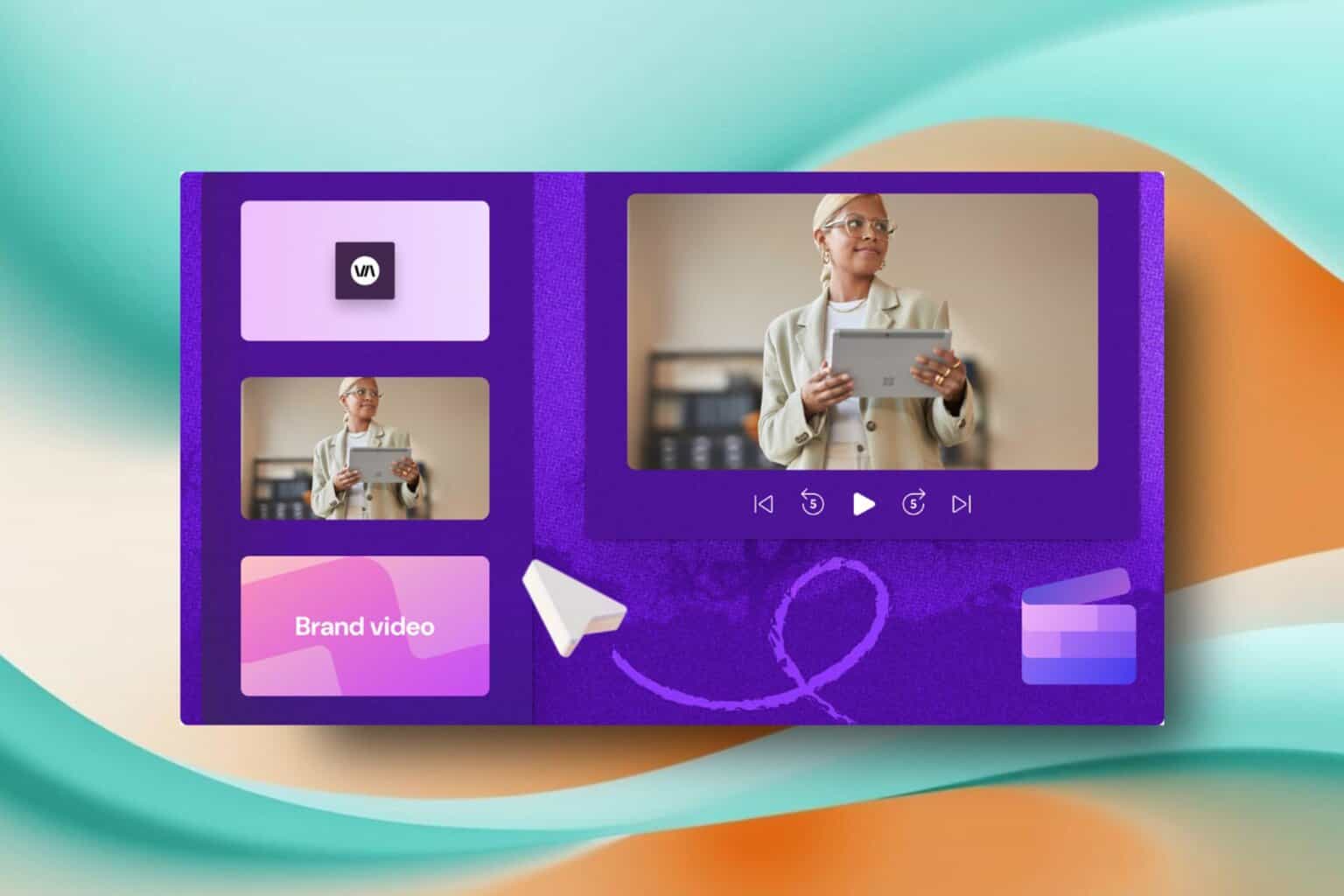


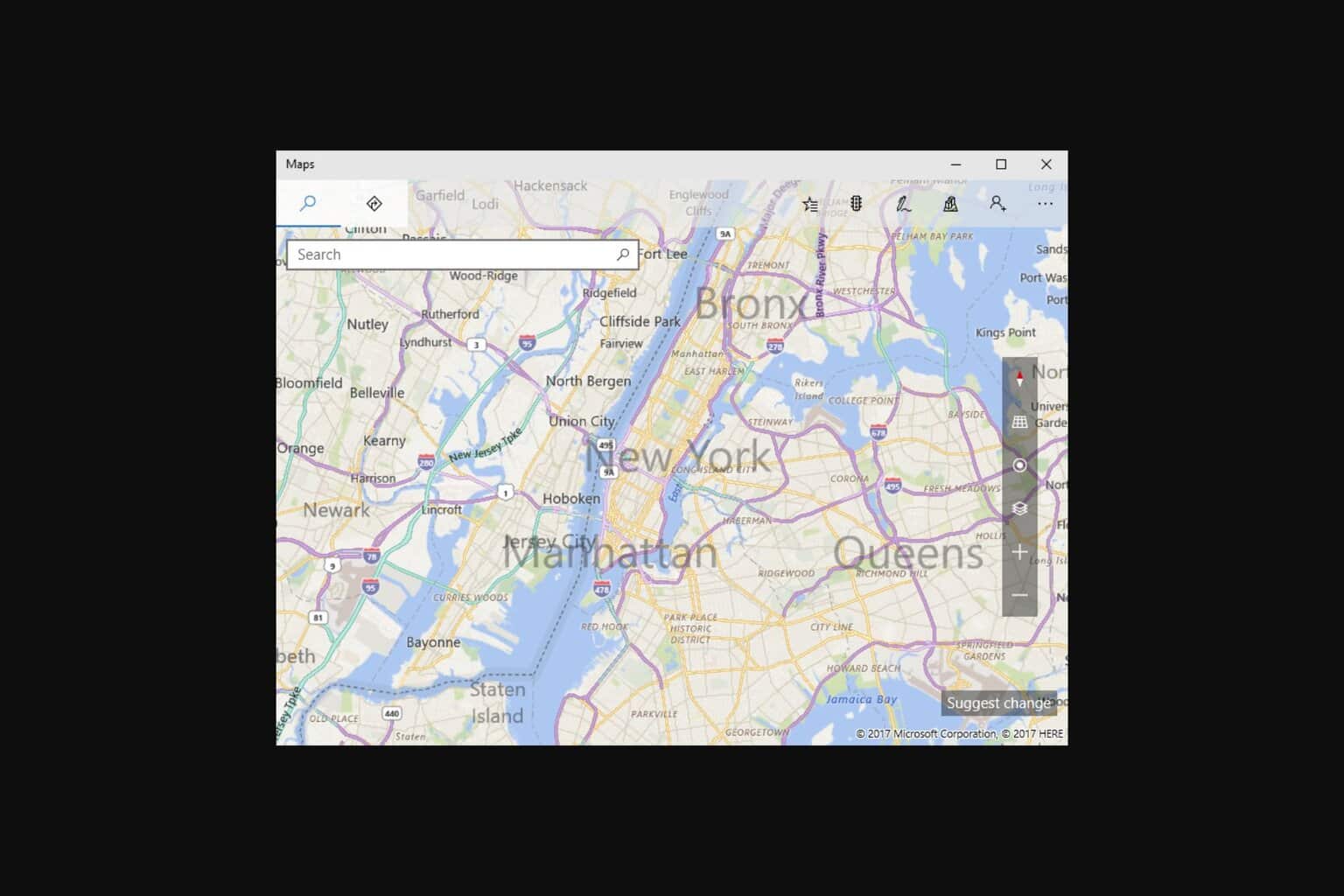


User forum
0 messages